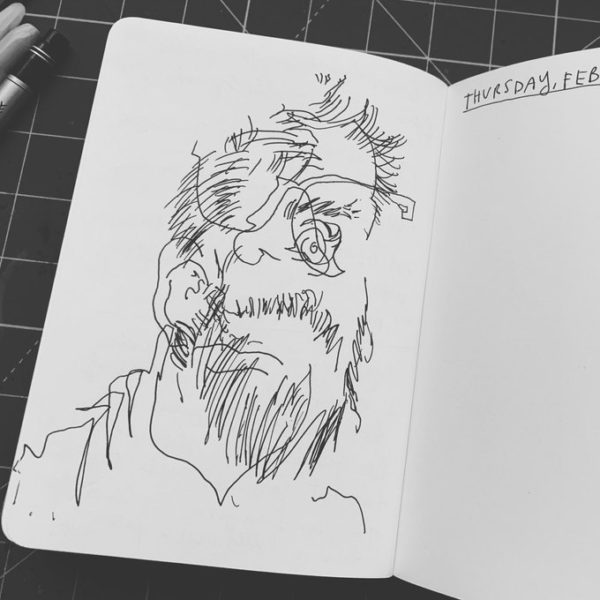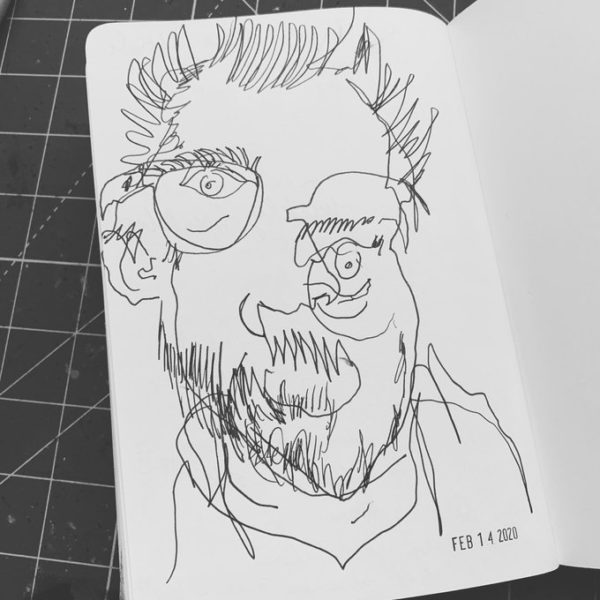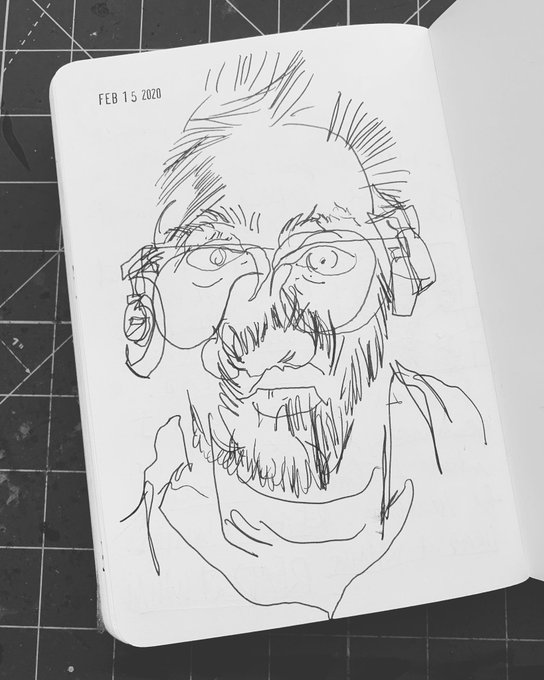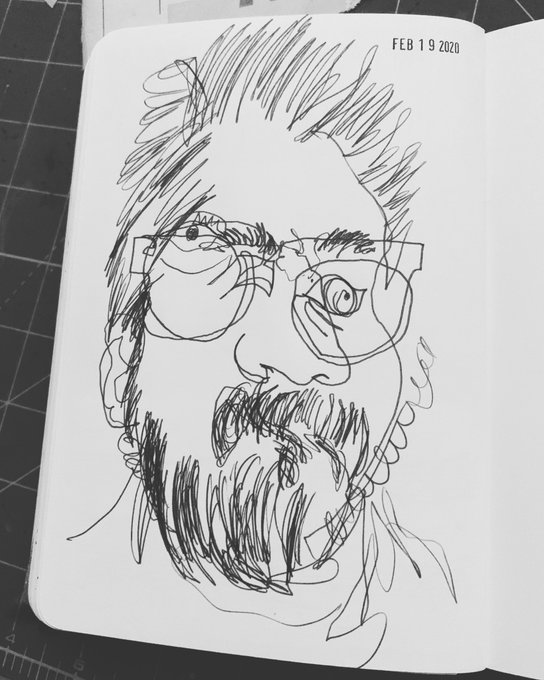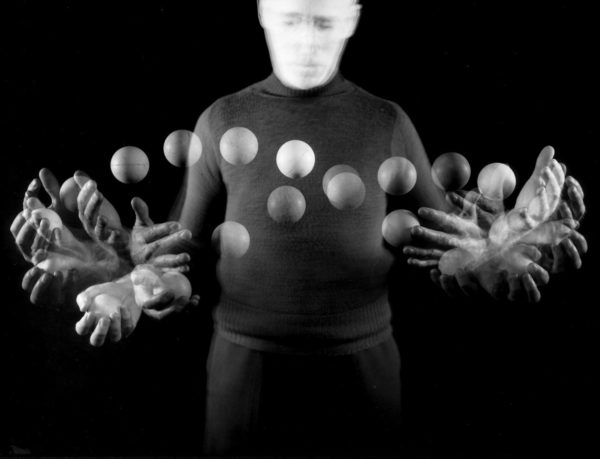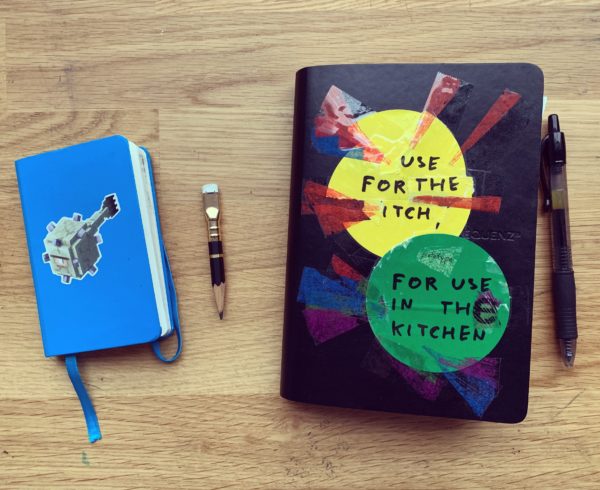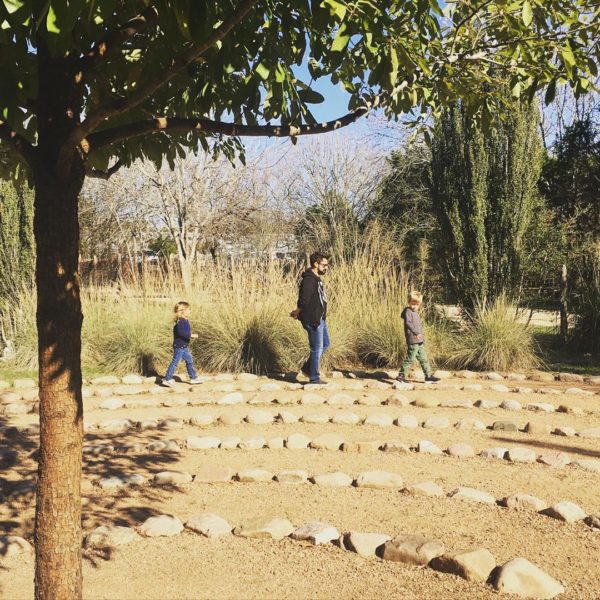
I laughed out loud in self-identification when I read this description of Regis Philbin in his NYTimes obituary:
“Aggravation is an art form in his hands,” wrote Bill Zehme, the co-author of two Philbin memoirs. “Annoyance stokes him, sends him forth, gives him purpose. Ruffled, he becomes electric, full of play and possibility. There is magnificence in his every irritation.”
“It me,” as they say. I have to be agitated to really get down to work. Stirred up. A little angry.
I’ve decided it’s better to work with it than to wish it away, so, when I am beginning a new project, I often ask myself, “What’s something you despise in the culture that you wish were otherwise?” and I go from there.
